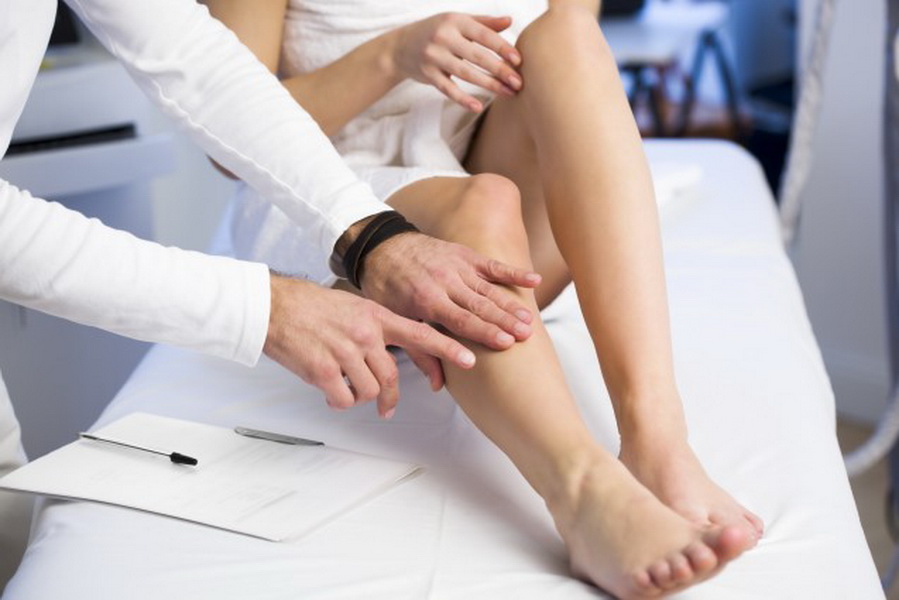The restless legs syndrome is characterized by aesthetic symptoms such as dysaesthesia and intense need to move the legs. Patients with RLS have unpleasant sensations on the legs, making them want to move them to relieve themselves.
 Symptom usually occurs during periods of rest, worsens in the evening hours and disturbs sleep. The syndrome can be observed at any age but is more common in middle-aged or older age and is equally common in both sexes.
Symptom usually occurs during periods of rest, worsens in the evening hours and disturbs sleep. The syndrome can be observed at any age but is more common in middle-aged or older age and is equally common in both sexes.
The causes of RLS remain unknown. Clinically, two types of syndrome are distinguished: primary and secondary. Clinical examination is normal in the primary, and may reveal signs of mild neuropathy, radiculopathy or myelopathy in the secondary cases.
The diagnosis of RLS is purely clinical. It is based on history, clinical examination, and the exclusion of other diseases manifested by similar symptoms. Its therapeutic treatment is based on informing the patient of the benign nature of the syndrome, applying precautionary measures such as avoiding the agents that trigger it, as well as medication and physiotherapy used at the Veresies Clinic.
All Programs of “Veresies” Clinic are approved and supervised by the Cyprus National Addictions Authority (CNAA).
CONDACT US

